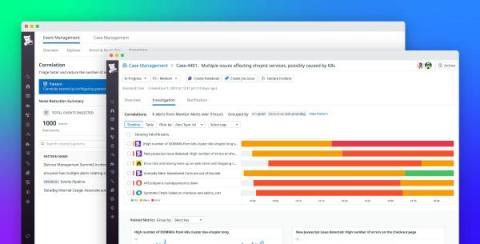Optimal Infrastructure: ScienceLogic's SaaS Solution
By opting for a SaaS deployment, enterprises can simplify adoption and free up IT teams to focus on higher-value tasks. As enterprises increasingly turn to AIOps for streamlined workflows, minimized downtime and support for automation, they must decide whether a Software-as-a-Service (SaaS) or on-prem deployment is the best fit for their organization.







